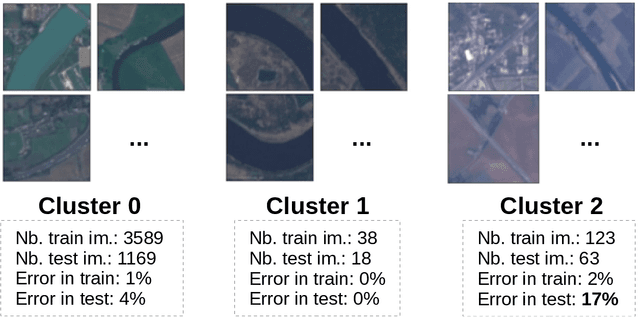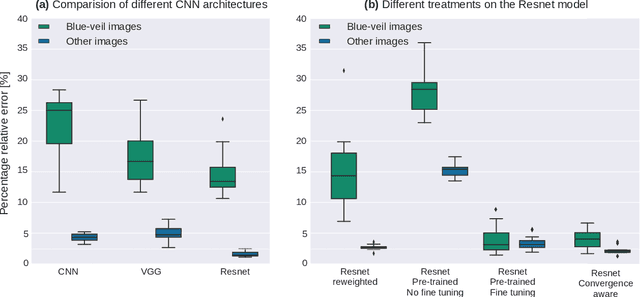A survey of Identification and mitigation of Machine Learning algorithmic biases in Image Analysis
Paper and Code
Oct 10, 2022



The problem of algorithmic bias in machine learning has gained a lot of attention in recent years due to its concrete and potentially hazardous implications in society. In much the same manner, biases can also alter modern industrial and safety-critical applications where machine learning are based on high dimensional inputs such as images. This issue has however been mostly left out of the spotlight in the machine learning literature. Contrarily to societal applications where a set of proxy variables can be provided by the common sense or by regulations to draw the attention on potential risks, industrial and safety-critical applications are most of the times sailing blind. The variables related to undesired biases can indeed be indirectly represented in the input data, or can be unknown, thus making them harder to tackle. This raises serious and well-founded concerns towards the commercial deployment of AI-based solutions, especially in a context where new regulations clearly address the issues opened by undesired biases in AI. Consequently, we propose here to make an overview of recent advances in this area, firstly by presenting how such biases can demonstrate themselves, then by exploring different ways to bring them to light, and by probing different possibilities to mitigate them. We finally present a practical remote sensing use-case of industrial Fairness.
 Add to Chrome
Add to Chrome Add to Firefox
Add to Firefox Add to Edge
Add to Edge